This is the 70th edition of Cultivating Resilience, a weekly newsletter how we build, adapt, and lead in times of change—brought to you by Jason Shen, a 1st gen immigrant, retired gymnast, and 3x startup founder turned Facebook PM.
🧠 What Does Productivity Look Like?
At Facebook, my group develops internal knowledge and productivity tools. Things like our wiki, search, knowledge organization, and a rich text editor. Our goal is to make FB employees more productive (and btw we’re hiring for PMs, reply if you want a referral)
The other day, a researcher on my team posed this question: what does a more productive company look like?
Sure we might be able to see increased productivity through more features shipped, higher product engagement, increased revenues, or better employee retention & satisfaction.
But beyond the metrics, what does productivity actually feel like, tangibly?
After thinking a bit about it, I came up with three metaphors for it: a high end restaurant, a startup accelerator, and a race car pit crew.
Metaphor #1: High End Restaurant
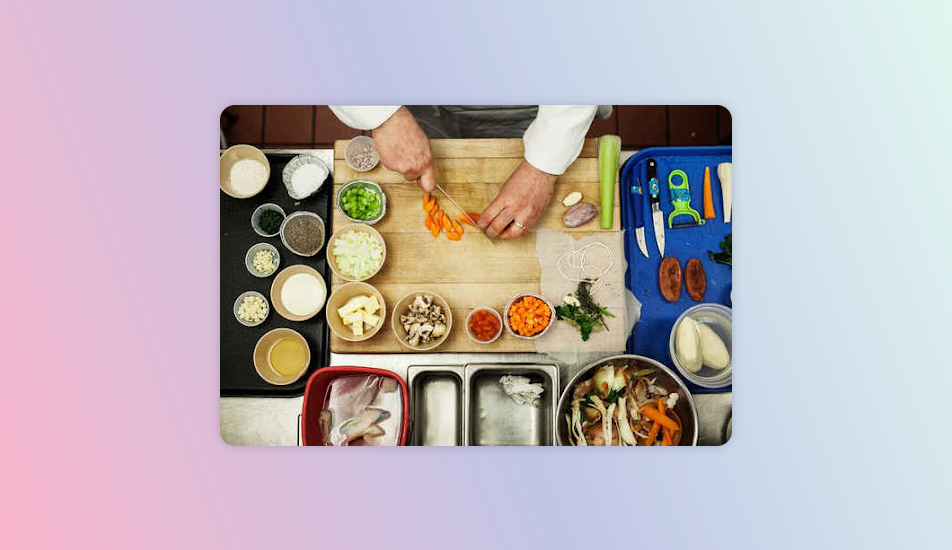
The first image I had was the mise en place of a high end restaurant, chefs and wait staff in a flurry getting meals prepped and served. The term mise en place loosely translates into “everything in it's place”.
In a restaurant, cooks are assigned to various stations, each with its own specific function. A line cook may spend their whole shift sauteeing vegetables, or grilling steaks, or making salads, over and over again. Each cook is focused on one component of a given dish, not the whole thing. As such, their focus is laser sharp.
For them, mise en place is about setting up their station, ensuring all the ingredients and tools they need are within easy reach, to minimize wasted movement and extra steps. Containers of chopped herbs, diced onions, minced garlic, squeeze bottles of oil, not to mention tongs, spatulas, whisks and spoons, are all laid out within easy reach.
Cooking in a restaurant can go all sorts of ways. It can be a busy day, there can be not enough staff, or there can be special guests or particular food designations.
You can imagine what a great, productive night at the restaurant looks like—orders being taken in an organized fashion, all the ingredients necessary in the right places, all the tools and equipment in the right place. Alternatively you can envision a bad night: short staffed, double bookings, orders sent back, servers bumping into each other.
Metaphor #2: Race Car Pit Crew
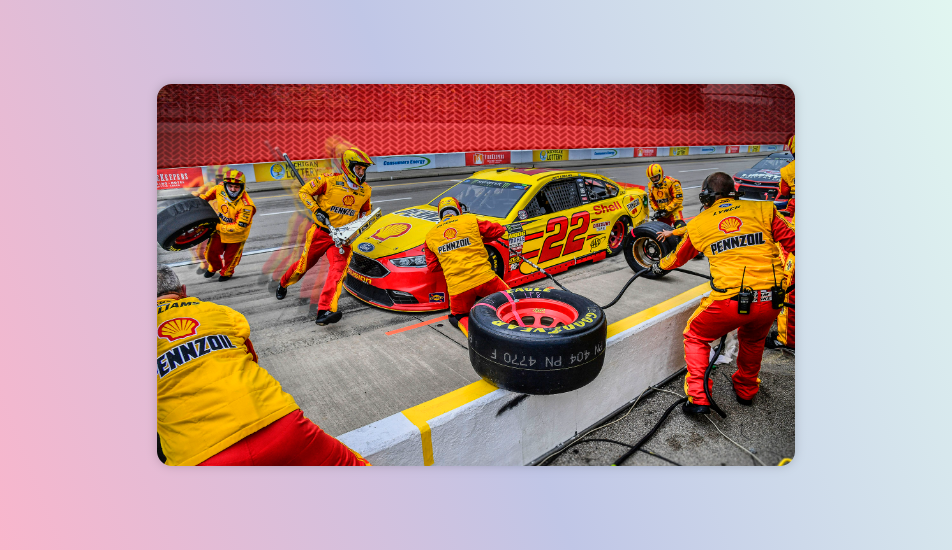
Taking a very different view of productivity, you can imagine the work of a race car pit crew. These are teams of mechanics that work together to change the tires and, depending on the brand of racing, refuel the engine or swap out the driver.
Formula One racing have upwards of 20 mechanics and use a number of machines to do a tire change in a mere 2-3 seconds. Meanwhile NASCAR pit crews only can use a team of 6 and do tires changes and refueling. It takes longer and requires more coordination.
In Scaling Up Excellence, we learn about how these teams got so good.
In 1991, Andy Papa graduated from Stanford, where he had played as a defensive lineman on the football team for four years. Through luck and persistence, Papa landed a job on a NASCAR racing team based in North Carolina, which included being on the pit crew that changed tires, poured in fuel, made adjustments, and did quick repairs during races. Papa asked when the crew practiced pit stops.
The answer was they didn't practice; most worked as mechanics during the week and didn't have time. A lightbulb went off in Papa's head: by transferring "the athletic mindset" he had learned in football to pit stops, they could get faster and more consistent-a big advantage, as the gap between winners and losers is so small in NASCAR races, with less than one second often separating the first- and second-place cars.
This work requires intense coordination, a ton of practice, and a short, intense effort where speed and accuracy are paramount. The consequences for not screwing in a lug nut correctly could mean an accident on the track, destruction of expensive property, and the loss of life.
Metaphor #3: Startup Accelerator
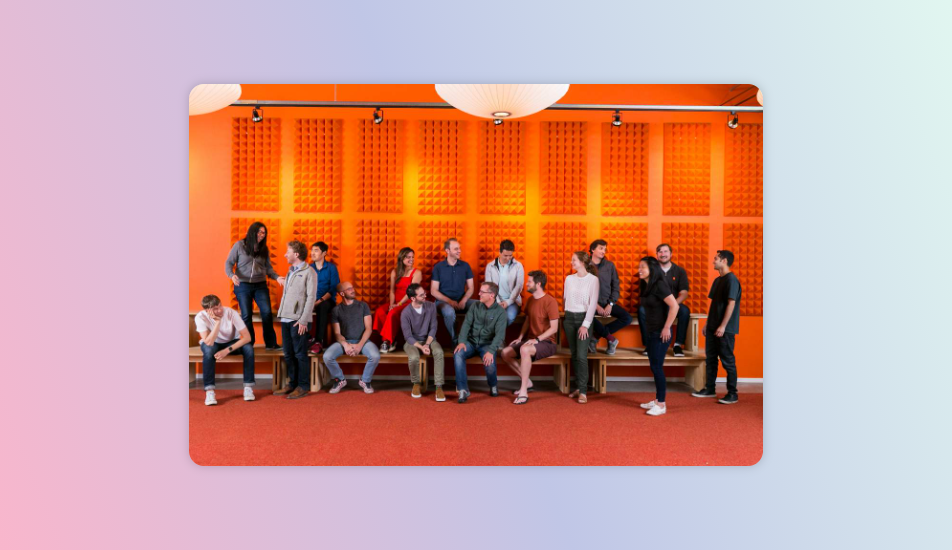
The third vision of productivity I had was of a startup accelerator. I’ve been through a couple, including Y Combinator and Techstars for my past companies.
Actually what I first thought of was MIT’s Building 20, a legendary “temporary” space that became a magical incubator of ideas. But an accelerator seemed like more of a coherent entity rather than just a place where things happened.
What an effective accelerator does is identify a sizable number of promising, super-early stage companies (really often just a founder or two with an idea) and provides them the funding, guidance and to varying degrees, physical space, investor introductions, press contacts, etc, all in order to make their companies major successes.
Productivity for the accelerator and the investors is really about finding and backing the teams that turn out the biggest successes. Y Combinator has invested in 2,500 companies since 2005 and claims its total portfolio value is over $400B. But only two companies: Airbnb and Stripe, representing 0.08% of total # of startups, make up more than 50% of the total portfolio value.
For the companies themselves, it’s about making the most of the program and trying to build or capture the “lighting in the bottle”. Every company has a different situation and different challenges and many or most of those young companies will fail or at least transform into something very different from what it started out as.
What kind of productivity do you want?
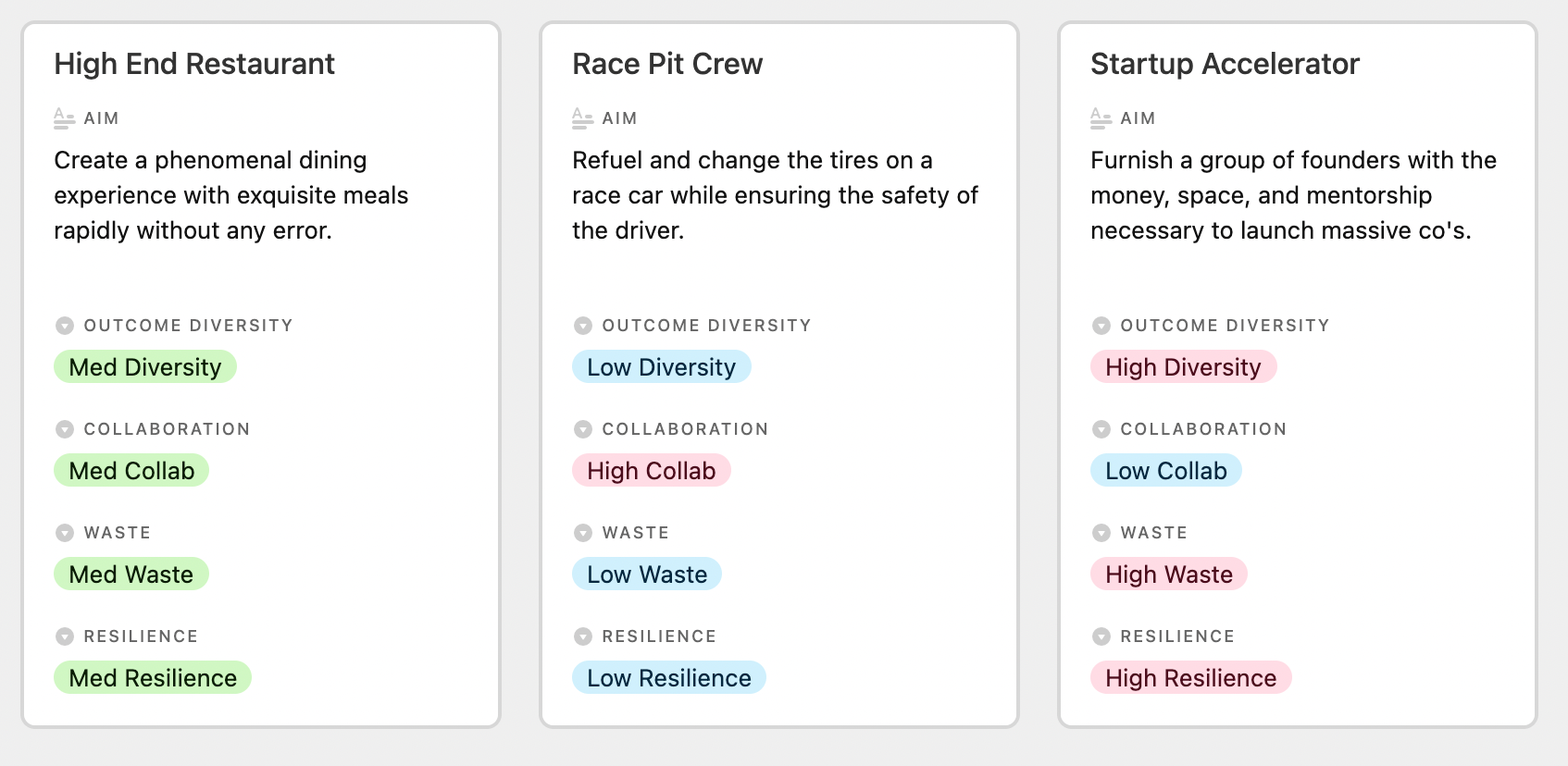
Each one of these visions of productivity are wildly different and have different qualities.
- Outcome diversity: How varied are the outcomes? The more diverse the outcomes, the bigger the difference between the good and the bad
- Collaboration: How much do the individuals in this group have to work together to achieve great outcomes?
- Waste: How efficient is the system? How much wasted time, resources, effort are part of basic operations?
- Resilient: How resilient is the system? How well can it adapt to changing situations and environments?
So my long-winded answer to the question “What does productivity look like?”, my response would be something like “What kind of productivity do you need?”
🖼 9/11 Ad Council Ad - 20 Years Later
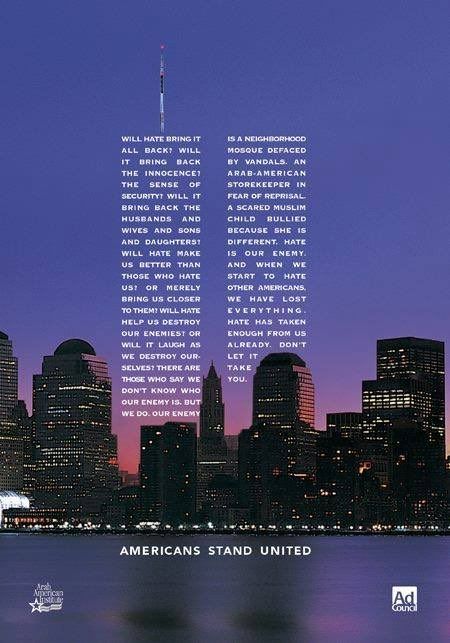
I came across this poster that was made after 9/11 that was made by Ad Council. It was a beautiful reminder that even in heartbreaking moments, we can create something powerful and beautiful.
“Hate is our enemy, and when we start to hate other Americans, we have lost everything.”
Between anti-vaxxers, the Capital riot, the Texas abortion bill, the DEI startup founded by 2 white guys that raised $50 million, theres we hate people, we stop seeing them as truly human. And we do things to them that make them want to hate us as well. And that cycle takes us nowhere good.
👉 Tokimeki (Twitter Unfollow App)
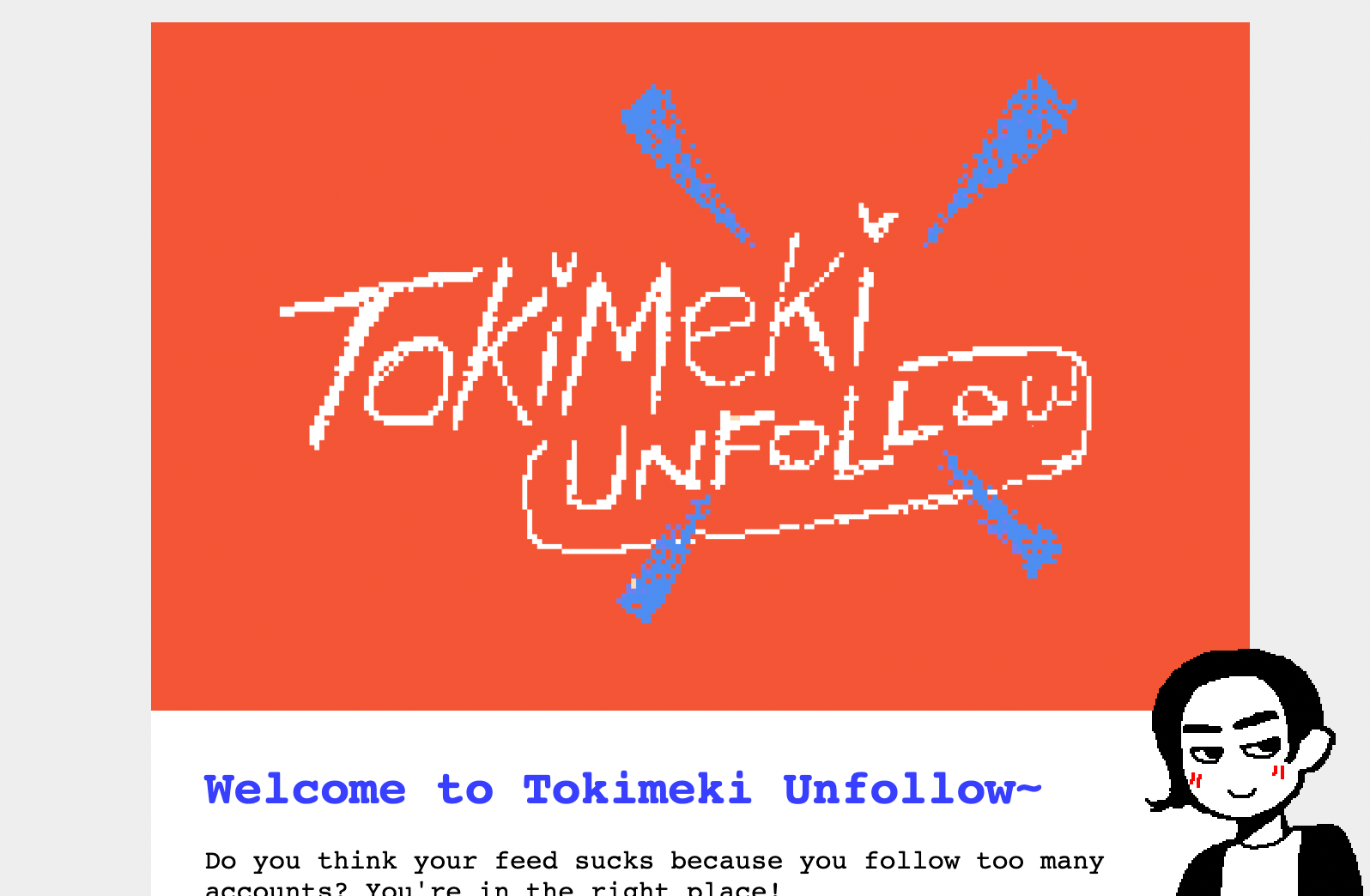
I’ve been on Twitter since 2006 and over 11 years have followed upwards of 2,500+ people. I’ve been wanting to trim it back but it always felt such a huge burden. There’s no app that just lets you automatically unfollow everyone (you have to write code), but this Glitch app Tokimeki Unfollow (which loosely translating to “spark joy”) that Anil Dash recommended let me somewhat rapidly “Marie Kondo” my timeline.
It actually lets you hide the person’s bio when considering whether to follow or unfollow someone. As the creator wrote “I’ve followed a lot of accounts based on their profile or who they are, but not their actual tweets. Hide their bio’s so you can evaluate based on content only.” It turns out, you can really recognize the people whose tweets you actually enjoy and ignoring the bios really do help.
Anyway, if you feel like doing a purge, this tool helps a lot.
Tokimeki Unfollow - Marie Kondo your Twitter timeline
Like this edition of Cultivating Resilience? Help me reach more people who could use these ideas by sharing it!

